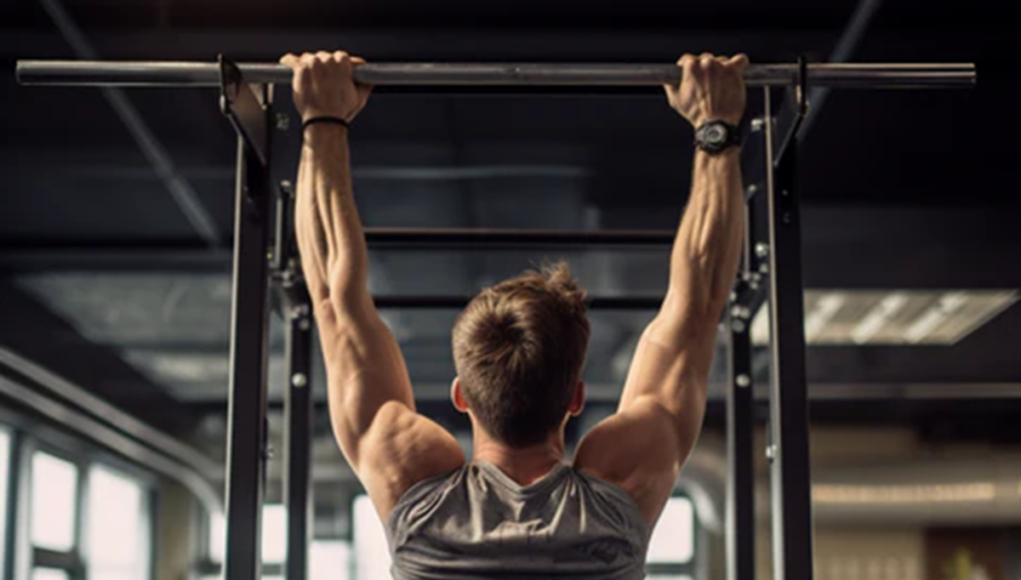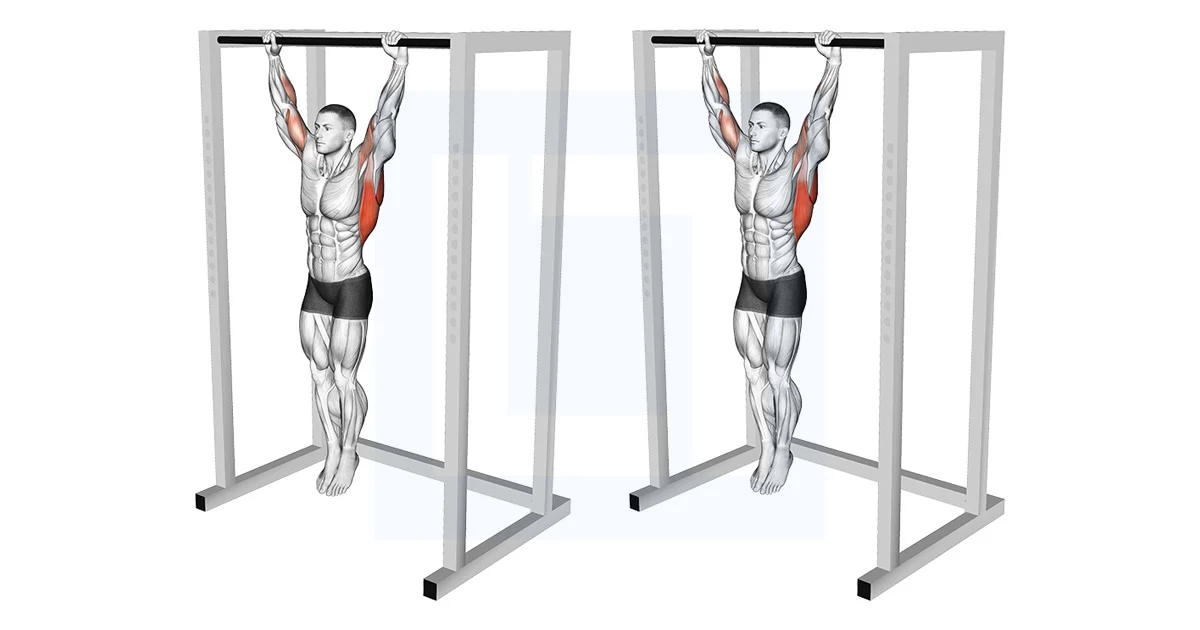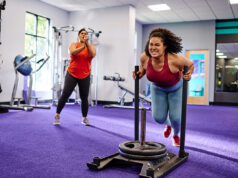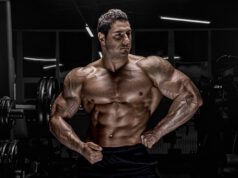Dead Hangs
Dead hangs are one of the simplest yet most effective exercises for improving grip strength, forearm endurance, and spinal decompression.
This underrated movement involves hanging from a pull-up bar with a relaxed body, using only your grip strength to stay suspended.
While often used as a warm-up, cool-down, or grip-training exercise, dead hangs provide a variety of benefits for athletes, bodybuilders, and individuals looking to improve their posture and overall fitness.
In this guide, we’ll explore what dead hangs are, the muscles they work, their impact on forearm growth, how long you should hold them, their role in spinal decompression, and what constitutes a good dead hang time by age.
What Are Dead Hangs?
A dead hang is a simple bodyweight exercise where you grip a pull-up bar and allow your body to hang freely.
Unlike an active hang, where you engage your shoulders and back, a dead hang requires you to completely relax your body while maintaining your grip on the bar.
How to Perform a Dead Hang Correctly:
- Find a Sturdy Pull-Up Bar: Use a bar that allows you to hang freely without touching the ground.
- Grip the Bar with an Overhand (Pronated) Grip: Your hands should be slightly wider than shoulder-width apart.
- Relax Your Body: Keep your arms extended, shoulders slightly elevated, and legs hanging straight down.
- Breathe Deeply: Maintain steady, controlled breaths while focusing on grip endurance.
- Hold the Position: Stay in the hang for as long as possible or for a predetermined time before safely dismounting.
Dead hangs can be modified by using a neutral grip (palms facing each other) or a mixed grip (one palm facing forward, one backward) to adjust muscle activation.
What Muscles Do Dead Hangs Work?
While dead hangs appear passive, they actually engage multiple muscle groups:
Forearms and Grip Muscles
- The flexor digitorum profundus and superficialis are responsible for finger flexion, helping you maintain your grip.
- The brachioradialis, a key forearm muscle, works to support the elbow and wrist under tension.
Hands and Fingers
- The intrinsic hand muscles, including the lumbricals and interossei, contribute to grip endurance and finger strength.
Shoulders and Upper Back
- The latissimus dorsi (lats) provide stability during the hang.
- The traps and rhomboids engage to prevent excessive elevation of the shoulders.
Core and Abdominals
- The rectus abdominis and obliques activate slightly to stabilize the torso.
- The erector spinae helps maintain a neutral spine position.
Overall, dead hangs are one of the best exercises for grip endurance and upper-body stability.
Can Dead Hangs Grow Forearms?
Yes, dead hangs can contribute to forearm muscle growth, particularly in grip strength and endurance. Since the forearm flexors and extensors are under constant tension during a dead hang, they adapt by becoming stronger and more developed.
However, dead hangs alone may not be enough to maximize forearm size. To build thicker forearms, incorporate other grip-intensive exercises like:
- Hammer curls (for the brachioradialis)
- Reverse curls (for forearm extensors)
- Plate pinches (for finger strength)
- Farmer’s carries (for grip endurance and forearm hypertrophy)
Dead hangs are an excellent supplementary exercise for forearm growth, but for maximum hypertrophy, they should be combined with resistance-based forearm exercises.
How Long Should You Dead Hang For?
The ideal dead hang duration depends on your fitness level and goals:
For Grip Endurance:
- Beginners: 15–30 seconds
- Intermediate: 30–60 seconds
- Advanced: 60+ seconds
For Forearm Strength:
- 3–4 sets of 30–45 seconds with added weight if necessary.
For Spinal Decompression and Mobility:
- 30–60 seconds daily to alleviate spinal tension and improve posture.
Holding a dead hang until failure can also be an effective test of grip strength, but make sure to listen to your body to avoid overuse injuries.
Do Dead Hangs Actually Decompress Your Spine?
Yes, dead hangs can decompress the spine by reducing pressure on the vertebral discs. When you hang freely, gravity naturally stretches the spine, allowing space between the discs to increase, which can:
- Relieve back pain caused by compression or poor posture.
- Improve posture by counteracting the effects of prolonged sitting.
- Enhance mobility by increasing spinal flexibility.
However, dead hangs are not a cure for serious spinal conditions. If you experience chronic back pain, consult a doctor before incorporating them into your routine.
What Is a Good Dead Hang Time by Age?
Grip strength and endurance naturally decline with age, but dead hangs are an excellent way to maintain functional strength. Below are general benchmarks for dead hang times by age:
Men’s Dead Hang Time by Age:
- 20–29 years old: 60+ seconds (elite: 90+ seconds)
- 30–39 years old: 45–60 seconds (elite: 75+ seconds)
- 40–49 years old: 30–45 seconds (elite: 60+ seconds)
- 50+ years old: 15–30 seconds (elite: 45+ seconds)
Women’s Dead Hang Time by Age:
- 20–29 years old: 45+ seconds (elite: 75+ seconds)
- 30–39 years old: 30–45 seconds (elite: 60+ seconds)
- 40–49 years old: 20–30 seconds (elite: 45+ seconds)
- 50+ years old: 10–20 seconds (elite: 30+ seconds)
These numbers are general estimates and can vary based on individual training experience and genetics.
How to Improve Dead Hang Time
To increase your dead hang duration, try the following strategies:
- Strengthen Your Grip: Incorporate grip exercises like farmer’s carries and plate pinches.
- Use Chalk: Sweaty hands reduce friction, making it harder to maintain your grip.
- Progress Gradually: Add 5–10 seconds each session instead of pushing to failure immediately.
- Train with Weighted Hangs: Use a weight vest or hold a dumbbell between your feet to increase difficulty.
- Rest and Recover: Avoid excessive grip training that can lead to forearm overuse injuries.
Dead hangs are a simple yet powerful exercise that improves grip strength, forearm endurance, and spinal health.
They primarily work the forearms, shoulders, upper back, and core, making them a valuable addition to any strength training routine.
While dead hangs can contribute to forearm growth, they are best used in combination with other resistance-based forearm exercises for maximum muscle development.
Additionally, they help decompress the spine, making them beneficial for improving posture and reducing lower back tension.
The ideal dead hang duration varies by age and fitness level, but aiming for 30–60 seconds per set is a solid goal for most individuals.
Whether you’re a bodybuilder, athlete, or someone looking to improve functional strength, dead hangs are an essential exercise that can enhance overall performance and longevity in training.








